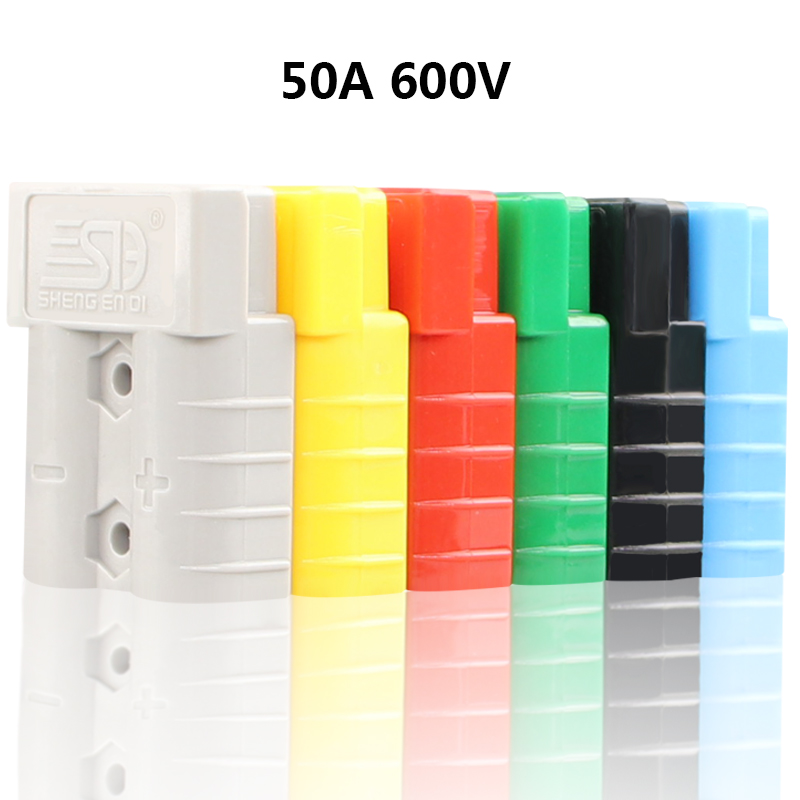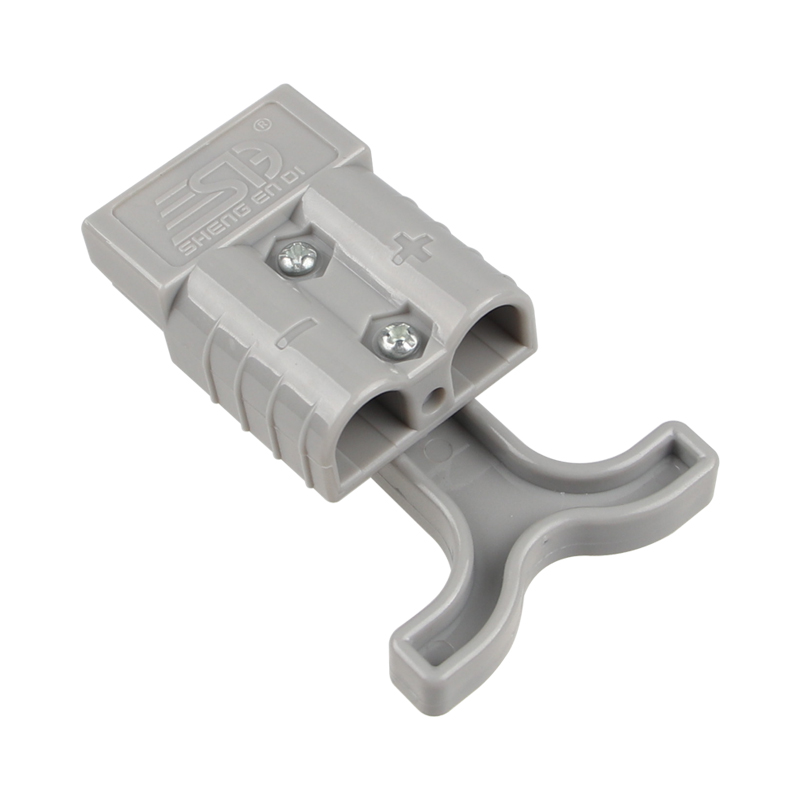Connectors, also known as plugs or sockets, play a crucial role in establishing electrical connections between active devices, facilitating the transmission of power or signals. In order to ensure the reliability and stability of connectors after mating, standards like EIA-364-13C (International Electrotechnical Commission's Plugging and Unplugging Force Test Specification) have been established. This standard stipulates that the insertion force should not exceed the rated value (ensuring users can easily insert connectors) and the withdrawal force should not be less than the rated value (preventing loosening or detachment in various scenarios, avoiding interruptions, and equipment damage). This article explores the reasons for and the process of testing insertion and withdrawal forces in connectors.
**Insertion and Withdrawal Force Testing Process:**

SGX Battery Quick Connect Disconnect Electrical SED Plug
**Testing Purpose:** To evaluate the quality characteristics of individual terminals by measuring the force required for insertion and withdrawal during the testing of standard male connectors.
**Testing Standards:** EIA-364-13 or MIL-STD-1344A, 2013.1.
**Testing Equipment:** Pull force tester.
**Testing Method:**
 50A 600V Heavy duty forklift battery SED connector
50A 600V Heavy duty forklift battery SED connector
1. The size and surface roughness of connectors' PIN or BLADE used for testing should comply with MIL-3197 requirements.
2. Regular cleaning of the PIN or BLADE used for testing is necessary to prevent surface films that may affect measurement accuracy.
3. Testing Step 1 (using connector PIN or BLADE):
A. Insert and withdraw once, adjusting the terminal state.
B. Insert the largest size of the testing connector PIN or BLADE, simultaneously measuring the insertion force. Withdraw the testing connector PIN or BLADE and replace it with the smallest size.

SG 50A T-handle booster connector
**Precautions:**
Special attention should be given to the alignment of the LOAD CELL, testing PIN, and the centerline of the testing sample during the test, as misalignment can significantly impact accuracy.
**Testing Points:**
1. The entire connector, complete component, is the testing object.
2. The testing axis is in the direction of normal use.
3. Unless specified otherwise, the testing speed is defined as 25.4 millimeters/minute.
**Requirements:**
1. Insertion force is generally set to the maximum value (maximum 35N).
2. Withdrawal force is generally set to the minimum value (7N Min.initial; 3N Min.Final), with some customers also requiring a maximum value.
**Conclusion:**
The force curves generated during testing provide valuable insights into the stress conditions of the connection system during insertion and withdrawal. These curves help identify anomalies and guide design improvements to ensure connectors maintain their functionality and remain securely connected even when subjected to unexpected forces.
 Guangdong SED Co., Ltd.
Guangdong SED Co., Ltd.
 +86 13763213143
+86 13763213143
 info@dmictech.com
info@dmictech.com


